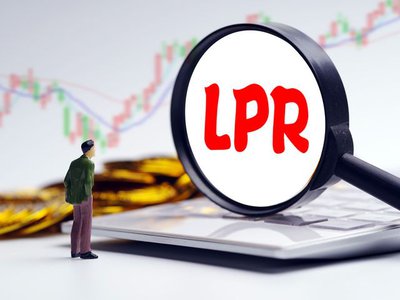Sometimes a reasonable decision to take a loan can save your business. Sometimes bankruptcy just makes sense. As drastic as it is, the consequences for not initiating a bankruptcy action are even worse. Before you dish out hard-earned money that you can’t really spare to pay an attorney or bankruptcy packaging company, familiarize yourself with federal bankruptcy rules.
Which Type of Bankruptcy to File?
In general, there are three types of bankruptcy available to individuals and families. They are Chapter 7, 11, and 13. Most individuals will file either under Chapter 7 or Chapter 13. Chapter 11 bankruptcy is chiefly for family farmers and fishermen.
Chapter 7 bankruptcy eliminates debt faster. The court appoints a trustee who then sells your non-exempt property and distributes the funds to your creditors.
Chapter 13 bankruptcy does not eliminate the debt. Instead, the court trustee negotiates with your creditors to restructure your debt, often giving you longer to pay the debt for no interest or a reduced interest rate.
Cost to File
The court filing fee amount to $200 for Chapter 7, and $185 for Chapter 13. However, if you use an attorney to file, the overall fees will be higher. Obtain the forms from the Bankruptcy Court or online.
Pro Se or Attorney Filing
Filing Pro Se means that you will be filing as an individual. It is possible to file either Chapter 7 or Chapter 13 Bankruptcy Pro Se with the U.S. Bankruptcy Court. However, bankruptcy is tricky and mistakes made in the original filing can be costly. Not only can you miss debts that should be discharged or restructured, but you can make procedural errors that will either drag the proceeding out or require you to wait 180 days to re-file. You can file bankruptcy only once in a six-year period and your bankruptcy will remain on your credit report for 10 years. So you want to get it right the first time.
Required Credit Counseling
Before your bankruptcy can be heard by a federal court, you must obtain credit counseling from an accredited and U.S. court-approved credit counseling agency.
Inventory of assets and debts
Whether you decided to file with an attorney or pro se you will need to prepare a comprehensive inventory of your assets and your debts. Some of your assets will be exempt, but for the preliminary inventory list everything you own and their value if you were to sell them today. Then inventory your debts, not just the debtors who are hounding you but every debt you owe. Pull your credit report to assure that you’ve included every one.
Exempt Assets
Bankruptcy allows you exempt up to $100,000 for your house, land, mobile, etc., as well as, $1,000 for your car and up to $4,000 for furniture. Consult with your attorney or the bankruptcy code for a full list of asset exemptions.
Exempt Debts
Child support and spousal maintenance are exempt from discharge in a bankruptcy and generally any money you owe for taxes to the state, municipal or the federal government is also exempt from discharge. In addition most federally funded student loans are exempt from bankruptcy. For a full list of debt exemptions consult with your attorney or the bankruptcy code.






